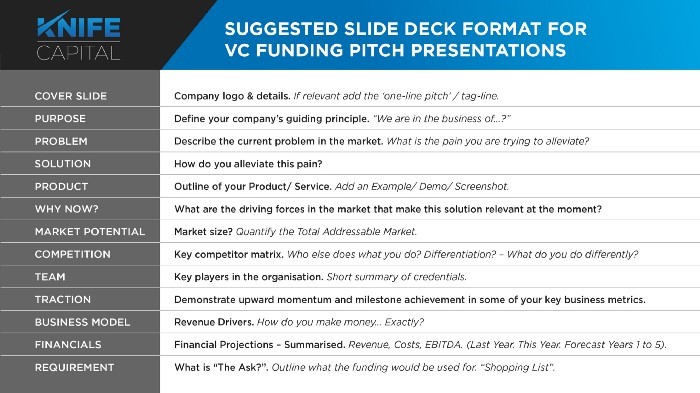By Simba Mswaka
THERE was once a time when all you had to do was come up with a business plan and that would potentially get you financed by the bank or investors as well as friends and family. But as time has evolved the business plan has become archaic because they take so long to write up and some of the information contained in them is straight out of a Harry Potter novel.

People with ideas draw up great business plans with the most awesome financial projections that are so far off practical that it’s not even funny. Business plans are loaded with sometimes 40 pages of data, research and information that can be cumbersome for anybody to plough through. In that regard, I do not discourage anybody from doing a business plan, I suggest the use of what is now “En Vogue” and that is the Pitch deck since it saves time.
Pitch decks are much shorter, more concise and they are really a great document to assess where an early stage business is currently placed. Even without revenue you can come up with a good pitch deck that highlights the strengths and opportunities that your business provides.
Pitch decks are usually used for tech startups but any startup can use them because they are investor friendly and they save time. Speed is the nature of the game as a small business and the pitch deck allows this. Keep the business plan to augment the pitch deck but always lead with the pitch deck. Startups in Zimbabwe and abroad are making use of it to get funded to the tune of millions. Even late stage businesses with revenue still use pitch decks as they raise more capital.
Below is an example of the format that a Venture Capitalist will expect when you present them with your pitch deck.
The Purpose Slide is very important because it indicates your “why”. Your why is exactly what your driving force is behind the business and why you embarked on this journey in the first place. A clearly articulated purpose will help any pitchdeck stand out.
The Problem Slide is where you talk about the problem you are solving and The Solution slide is where you go in depth about how you will solve this problem. These two slides will set the tone for the rest of the pitchdeck because if you don’t get them right it will be difficult to convince the investor.
Market Potential or sometimes known as Market Size is probably the most important slide because it exhibits the size of the market that you are catering to. The bigger the market, the more attractive the business. But you also need to be able to show how much of the market you will be able to realistically capture with your business idea. The investor is sometimes not an expert and therefore they look for this slide to indicate to them how big the opportunity is.
Team slide highlights the capabilities of the team that is building the business and is meant to brag and show that this is the right mix of people to take the business forward. Startups must put their best foot forward and brag about their achievements and what they bring to the table. “Don’t be humble with this slide.”
Traction Slide is very important because this is where you show what you have already achieved as a business. This helps make your story more compelling and creates interest for an investor. For an early stage startup, this slide is more important than financial projections. Proof of offtake agreements and partnerships with other organisations are highlighted on this slide.
The Business Model is simply how you make money and this is why we are all here. This slide must be clear and indicate where the business will generate funds. A bad business model can be rescued by a large market opportunity but a small market cannot be rescued by a good business model.
The Requirement slide is the last slide that brings everything together. This is where you tell the investor how much funding you require and what you intend to use the money for. Everything that you highlighted in the earlier slides will culminate in this slide.
The key to an effective pitchdeck is having rich visuals, a concise presentation and telling a compelling story. Investors want to hear about the numbers and how you intend to change the world, but this must be contained within a compelling story that strikes a chord with people. Stories are the best ways to sell anything, sell the story and not the idea.
Lastly the easy part is putting the deck together. But the most difficult part is getting in front of an audience and presenting your idea for critique. The best way to ensure you do well with this is to practise, practise, practise and then practise some more. One has to be obsessive about getting their pitchdeck right in order to create an impact. Enter pitch competitions, pitch to friends, pitch to colleagues, over time you will improve and will have the ability to tell a compelling story.
Simba is the Programs and Partnerships Manager of Tech Hub Harare, Future VC and Angel Investor and a Startup Mentor. He can be reached on simbamswaka@yahoo.com and +263777628936







